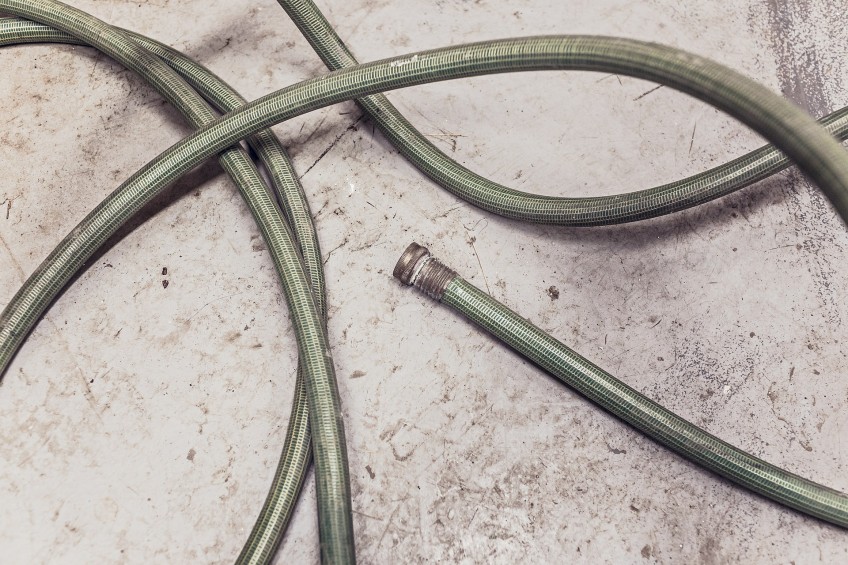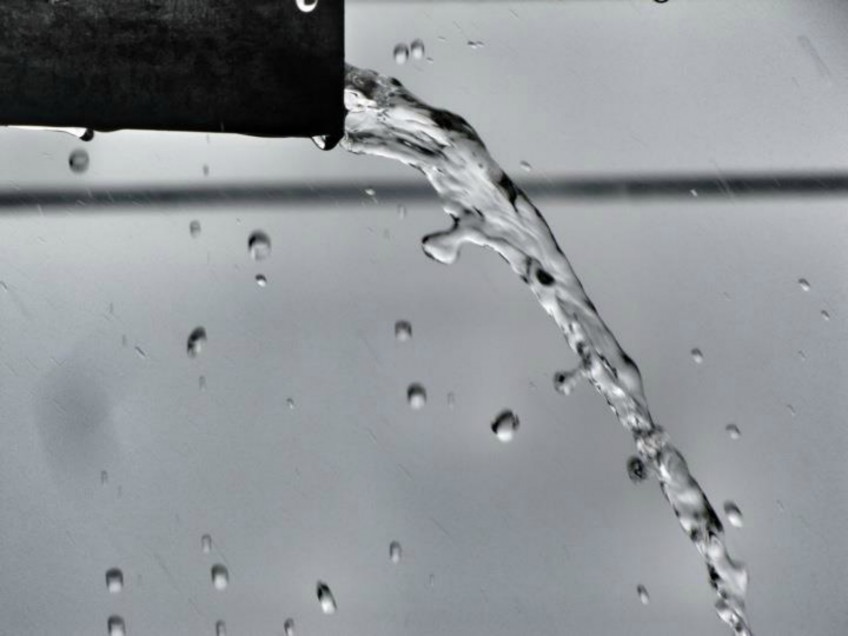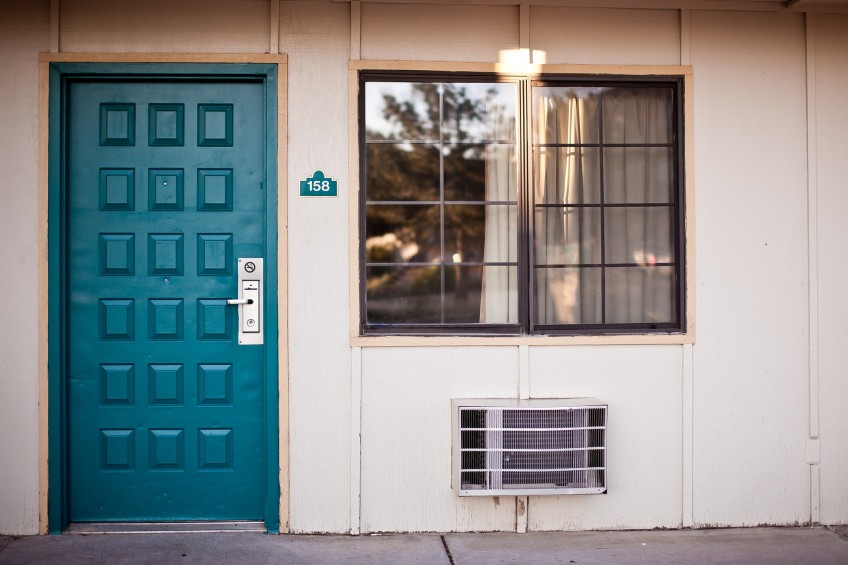Introduction
Changing the air filter on your central heat and/or air system is one of the simplest and yet most important home maintenance tasks you can do. A clean air filter helps save energy, decrease dust and allergens, and extend the life of your system. This task usually takes just a few minutes and requires only basic tools and skills.
Step by step
This task should only take you a few minutes to complete, but is important to maintaining the health and efficiency of your home. Here's a short video from Expert Village that demonstrates the process outlined in this tutorial.
- Select an Air Filter
Select an appropriately sized air filter. Don’t forget to purchase some more if you’re running low. A recommended air filter is listed in the Materials section.
You may notice different MERV ratings for various filters as well as various shapes and materials. In general, the higher the MERV rating (typically 1-20) the smaller the particles the filter will remove. So higher is better, right? Not exactly. Typically higher MERV rating also create more air resistance so your fan has to work harder, using more energy and possibly shortening fan life. Don’t overdo the MERV rating unless you have a reason, like very bad allergies or other respiratory conditions. For most situations, a MERV rating of 8-10 is fine.
What about material and design? Well the fiberglass filters are the least expensive but usually are also the lowest MERV rating. Pleated filters are slightly more expensive but strike a good balance between MERV rating, efficiency, and cost. These are what we normally recommend for most households.
Still not sure what filter to purchase? See this article from Lowes for more information. - Gather Tools and Locate Filter
Reference the tools and materials list on the right hand side of this page and gather all the items you'll need for this task. Depending on whether or not your filter is located in the ceiling or near the floor, you may or may not need the stepladder.Filters are always on the return air side of your HVAC unit. That is the section that pulls the old air back from the house before sending it to the unit. The grill covering this return air duct is larger than your supply air diffusers and typically located in the wall, ceiling, or the unit itself. It is usually right by your thermostat as well.
- Clean the Return Air Grill
Locate the grill and using the best attachment for your vacuum cleaner, clean the grill of dust, dirt, and pet hair. - Remove & Replace the Filter
Use a flathead screwdriver to open the return air grill, accessing the filter.Remove the old filter, doing your best not to disturb any dust and dirt collected on it, and dispose of in a garbage bag.
Place the new filter in with the arrows facing the direction of the airflow, which will be in toward the ductwork. Close the grill and secure any tabs or screws.
-
Mark Complete
Mark this item good to go for another 3 months on your dashboard! We'll remind you next time you're due for a replacement.




